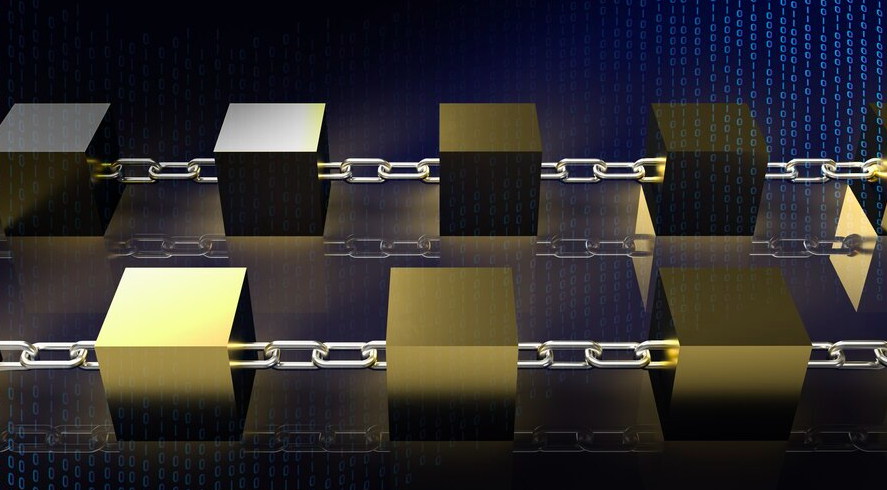The Dark Side of Blockchain: Potential Risks Uncovered - Risks associated with blockchain technology

Introduction
In this article, we delve deep into the intricacies of blockchain technology, shedding light on its remarkable capabilities and, equally importantly, the potential risks associated with its adoption. Blockchain has emerged as a revolutionary technology, promising enhanced security, transparency, and decentralization across various industries. However, it is crucial to acknowledge and understand the darker side of blockchain, which often goes unnoticed. Our mission is to provide an in-depth analysis that enables readers to make informed decisions regarding its utilization.
Understanding Blockchain Technology
Blockchain is a distributed ledger technology that underpins cryptocurrencies like Bitcoin and Ethereum. It functions as a decentralized database, recording transactions across a network of computers. The core principles of blockchain include:
1. Transparency
Blockchain transactions are publicly recorded, offering unprecedented transparency. Every participant in the network can view the transaction history, ensuring trust and accountability.
2. Security
Blockchain employs advanced cryptographic techniques to secure data. Transactions are immutable, making it extremely difficult for unauthorized parties to tamper with the information.
3. Decentralization
Unlike traditional centralized systems, blockchain operates on a peer-to-peer network, eliminating the need for intermediaries. This decentralization reduces the risk of a single point of failure.
Potential Risks Uncovered
While blockchain technology offers significant advantages, it is essential to recognize and address its potential risks:
1. Scalability Challenges
Blockchain networks like Bitcoin face scalability issues, limiting the number of transactions processed per second. This can lead to slower transaction times during periods of high demand.
2. Regulatory Uncertainty
Governments worldwide are still grappling with how to regulate blockchain and cryptocurrencies. Changing regulations can have a profound impact on businesses operating in the blockchain space.
3. Energy Consumption
Proof-of-work blockchain systems, such as Bitcoin, require substantial energy for mining operations. This environmental concern has led to debates about the sustainability of blockchain technology.
4. Smart Contract Vulnerabilities
Smart contracts, a key feature of blockchain, are not immune to bugs and vulnerabilities. Flawed contracts can result in significant financial losses.
Mitigating Risks
To harness the benefits of blockchain while minimizing risks, it is imperative to take proactive measures:
1. Research and Due Diligence
Thoroughly research blockchain projects and technologies before investing or implementing them in your business. Stay updated with regulatory changes in your region.
2. Consider Alternative Consensus Mechanisms
Explore blockchain platforms with alternative consensus mechanisms, such as proof-of-stake or delegated proof-of-stake, which are more energy-efficient than proof-of-work.
3. Smart Contract Auditing
Before deploying smart contracts, engage in professional auditing services to identify and rectify vulnerabilities. This step can save you from potential financial disasters.
Conclusion
In conclusion, blockchain technology is a double-edged sword, offering immense opportunities while carrying inherent risks. By understanding the intricacies of blockchain and proactively addressing its potential pitfalls, individuals and businesses can harness its transformative power effectively. Stay informed, stay vigilant, and navigate the world of blockchain with confidence.
Remember that informed decision-making and risk management are crucial when venturing into the world of blockchain technology.


